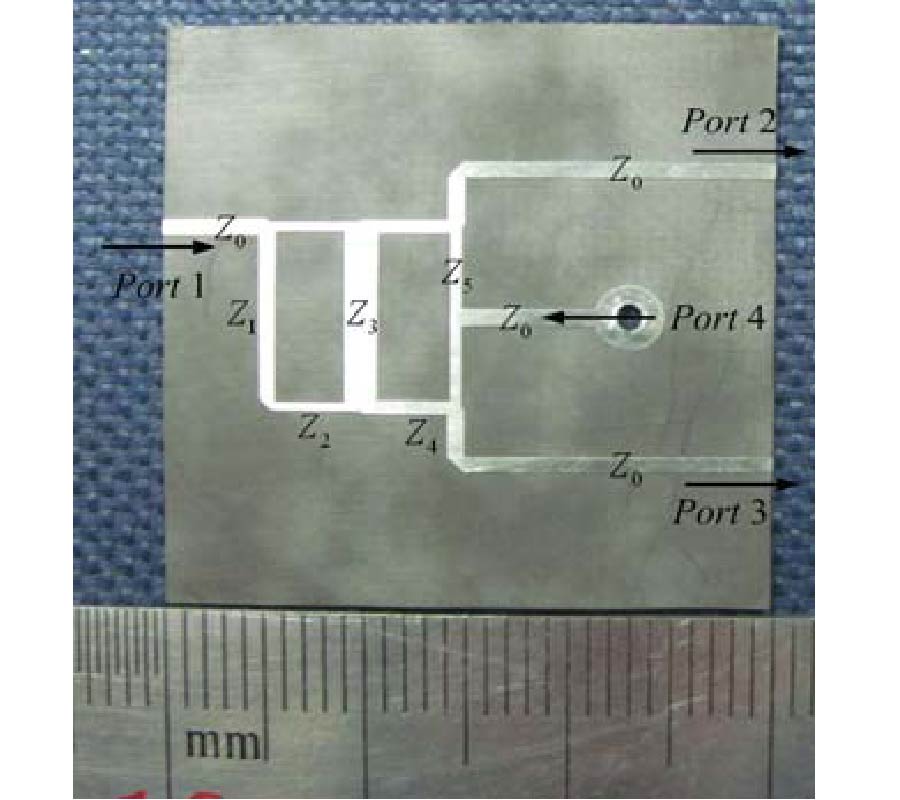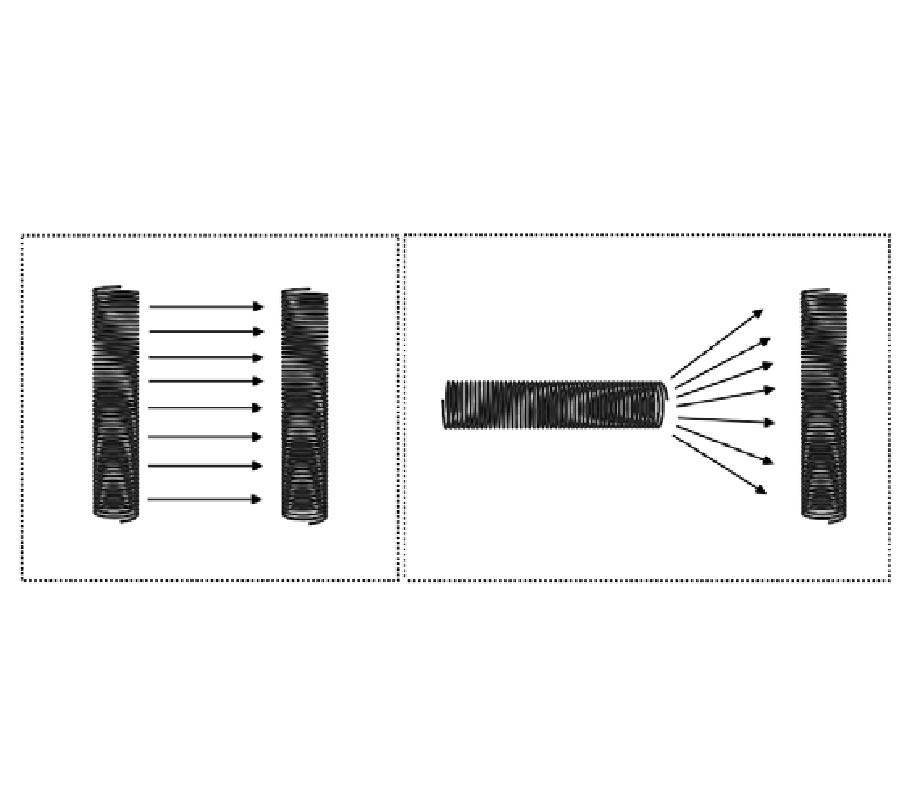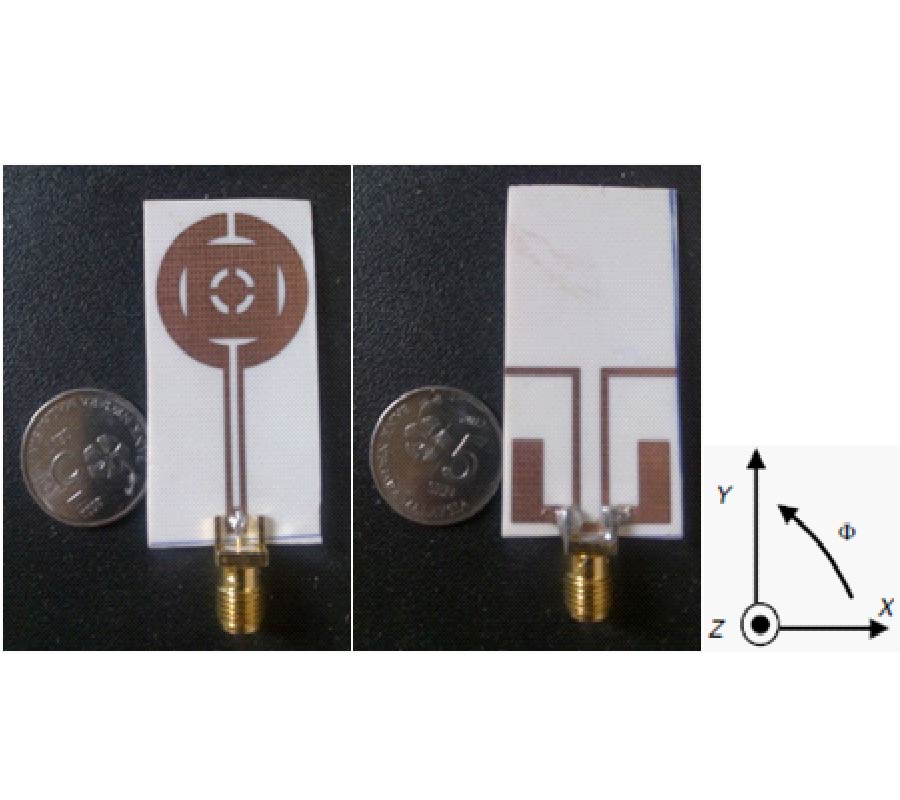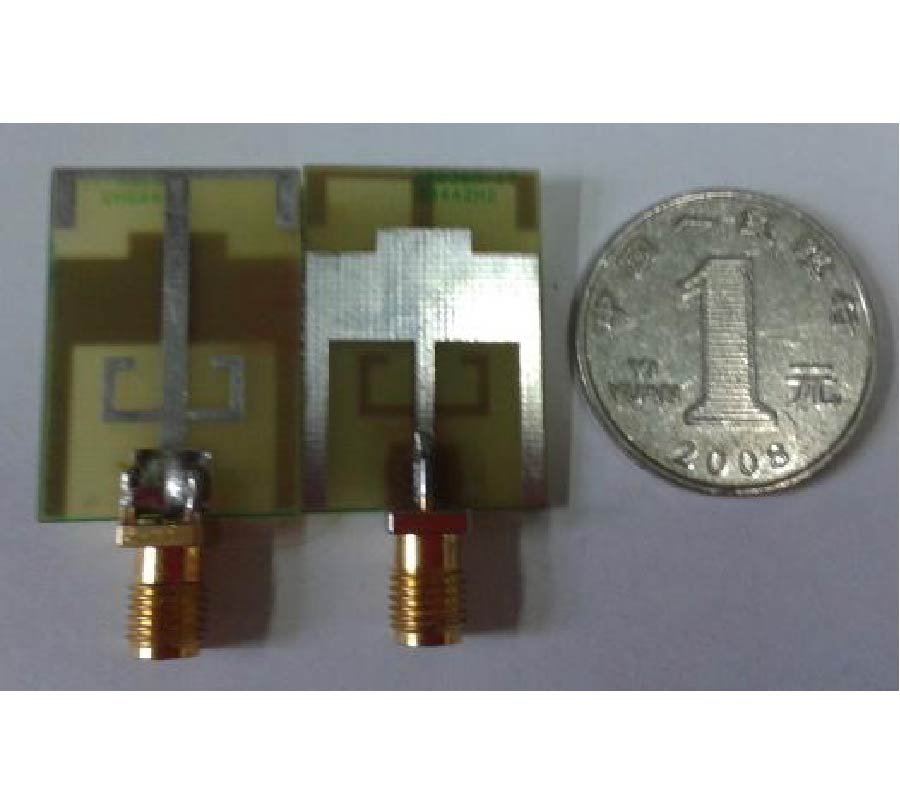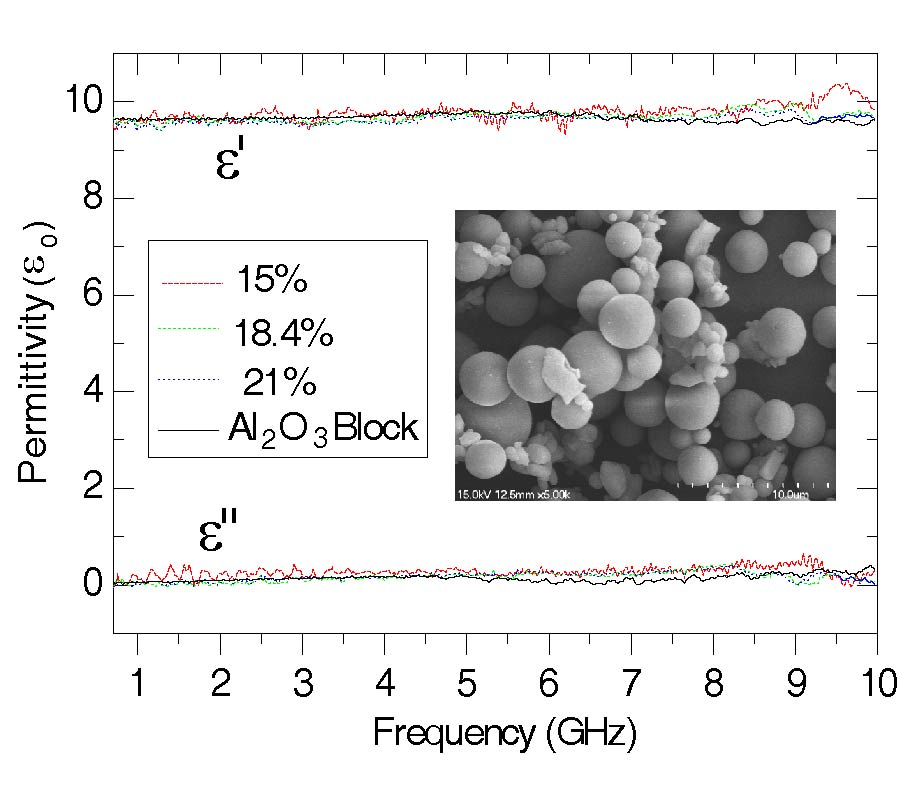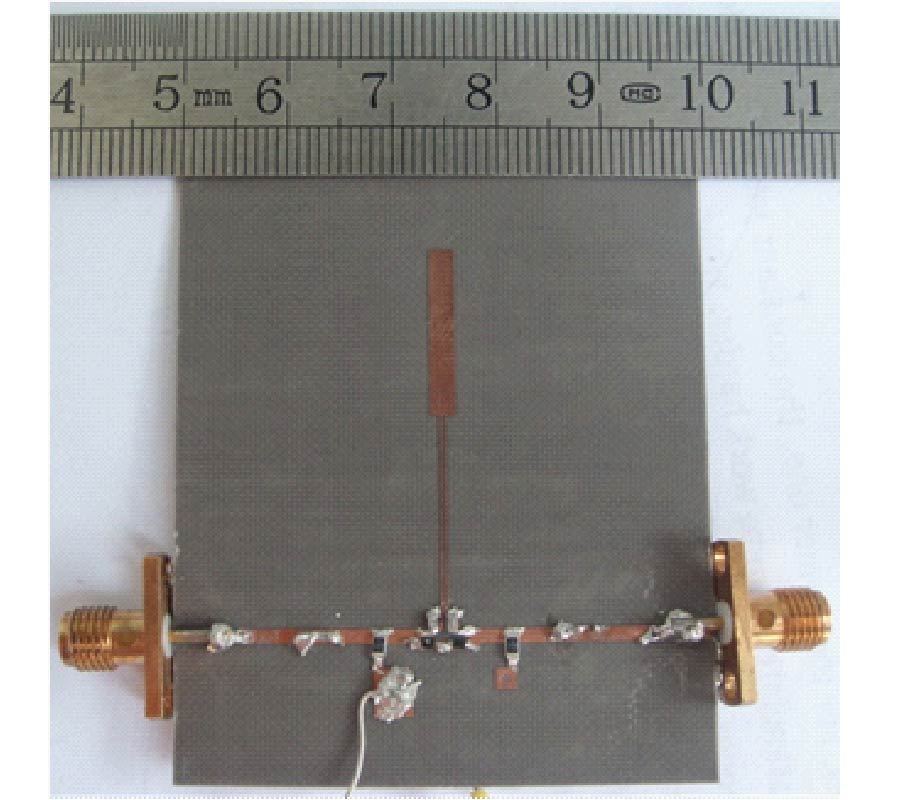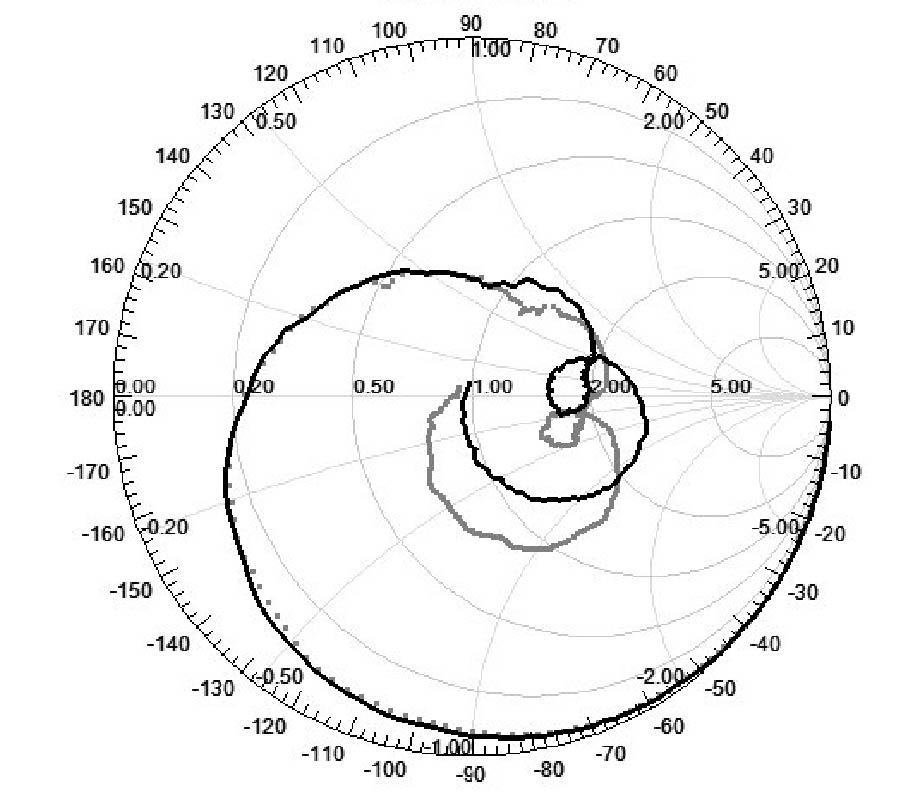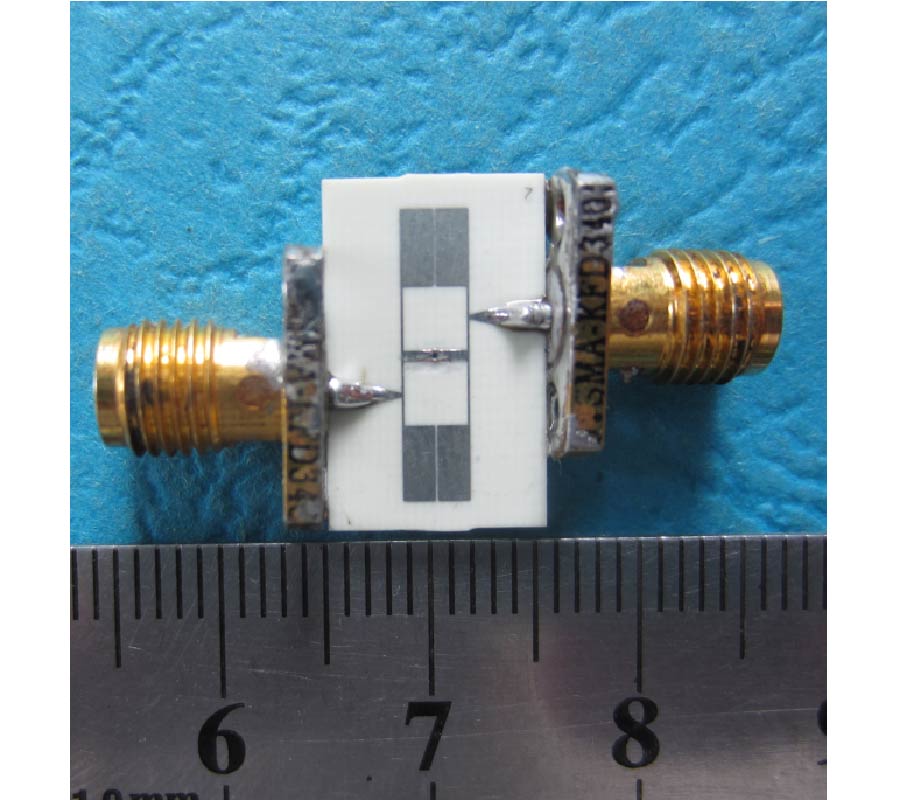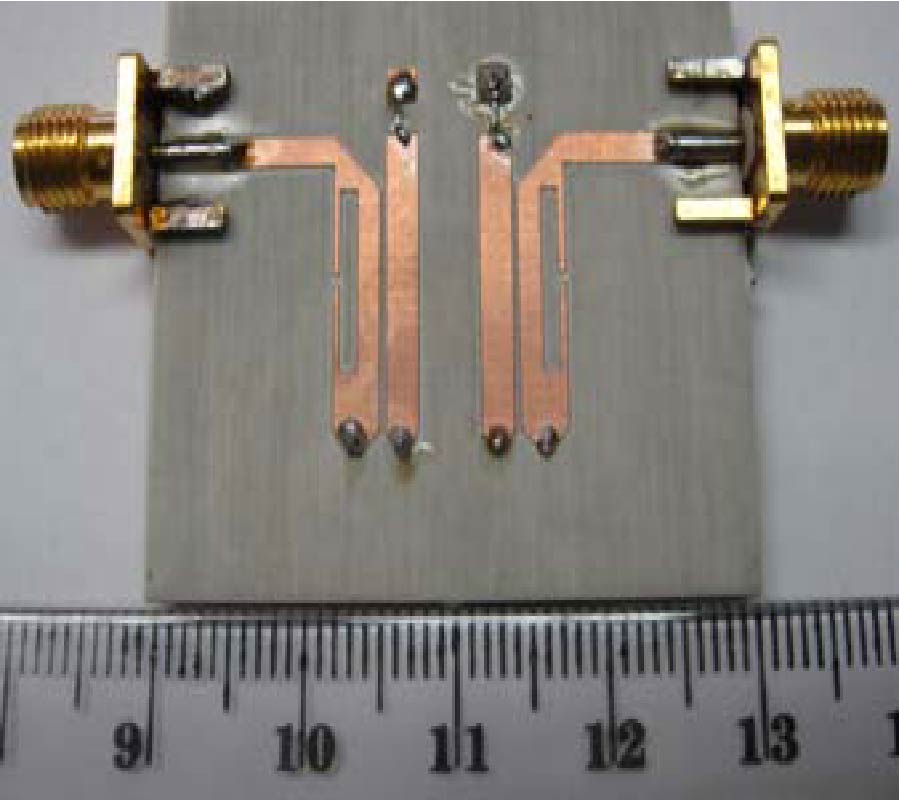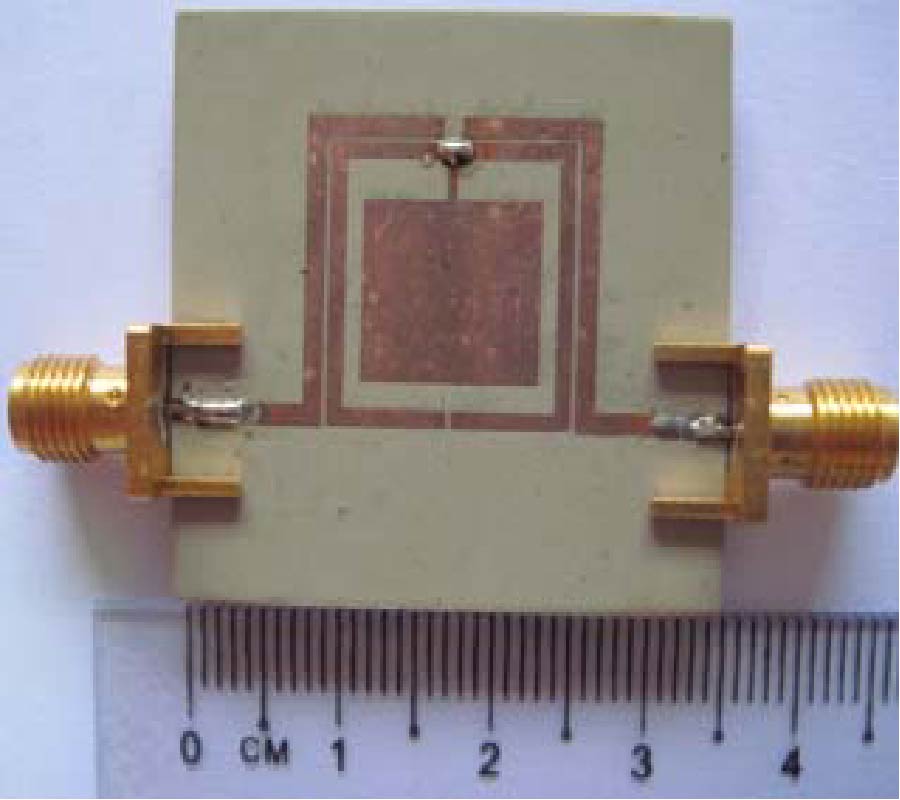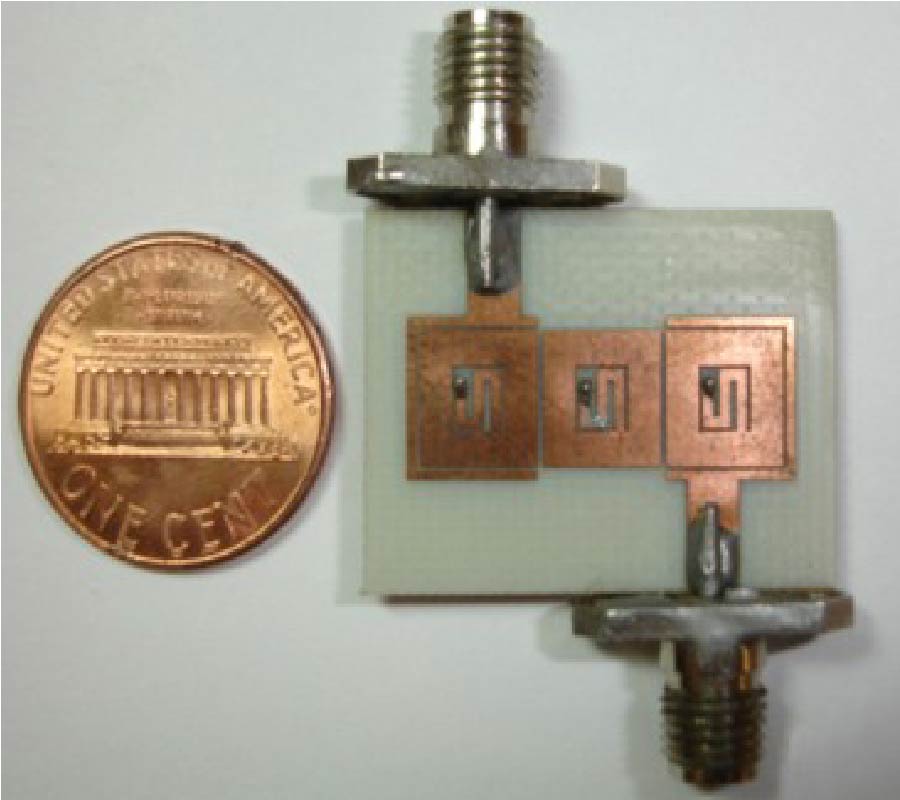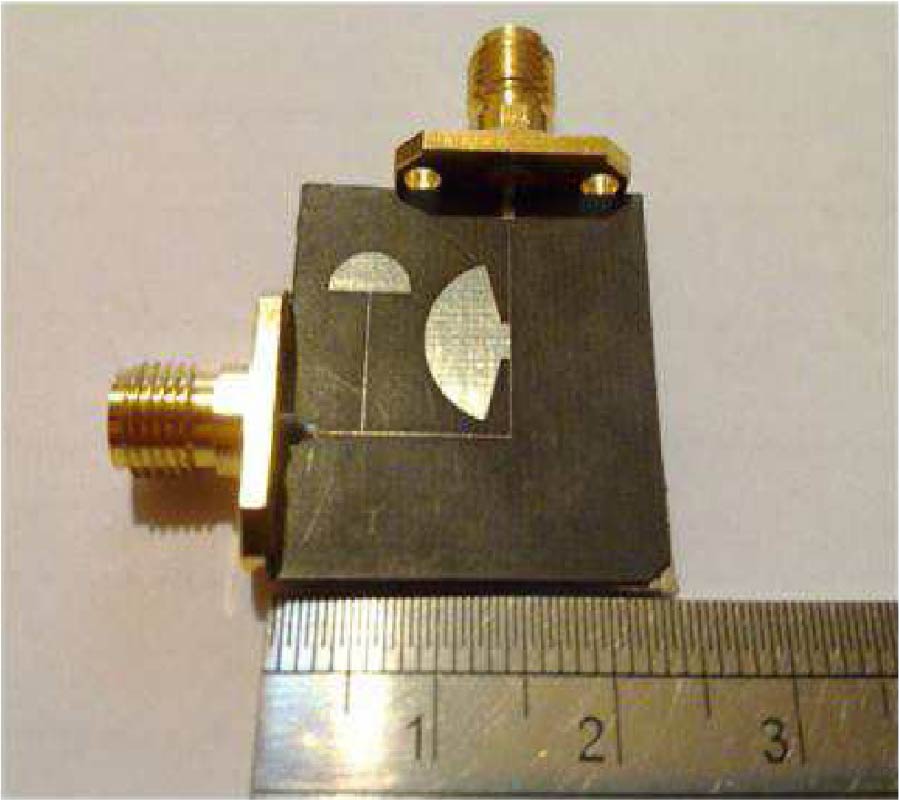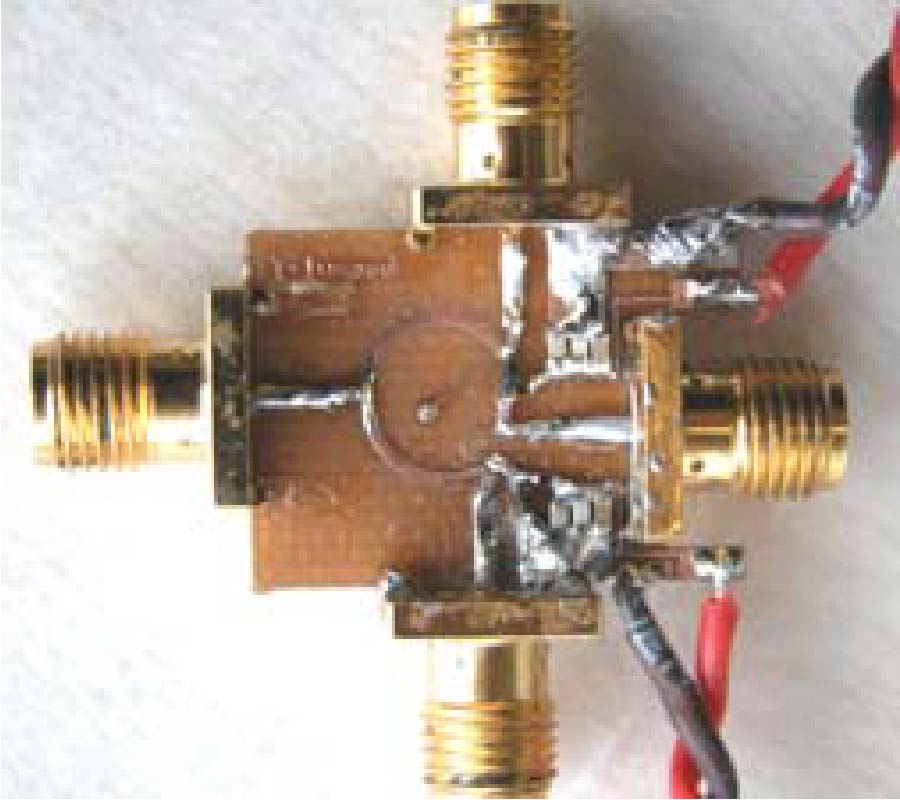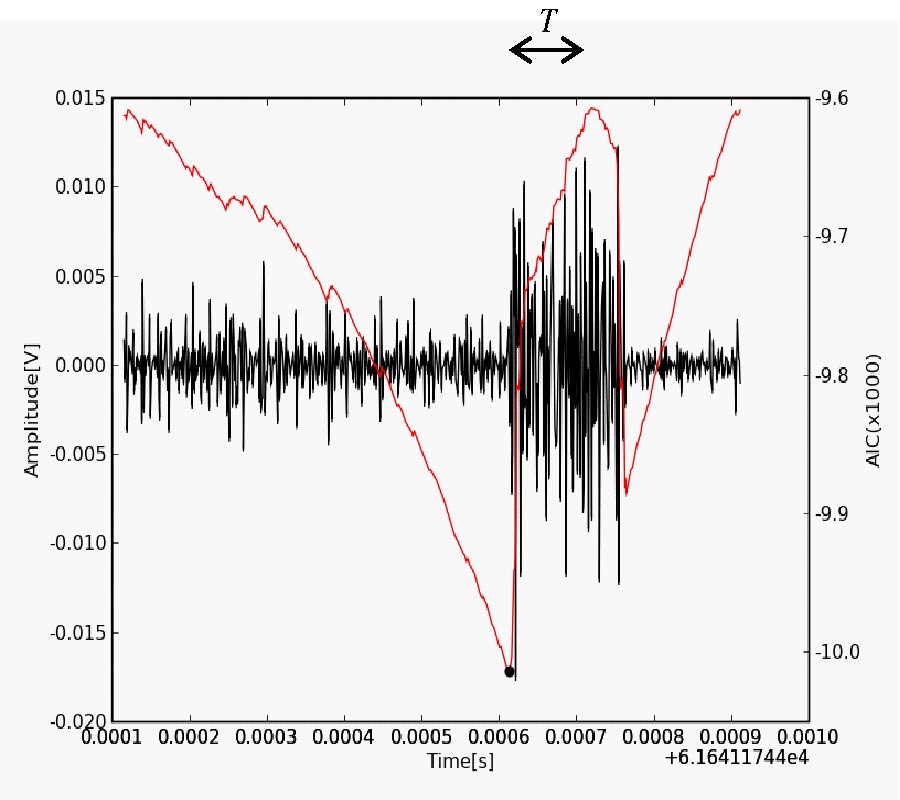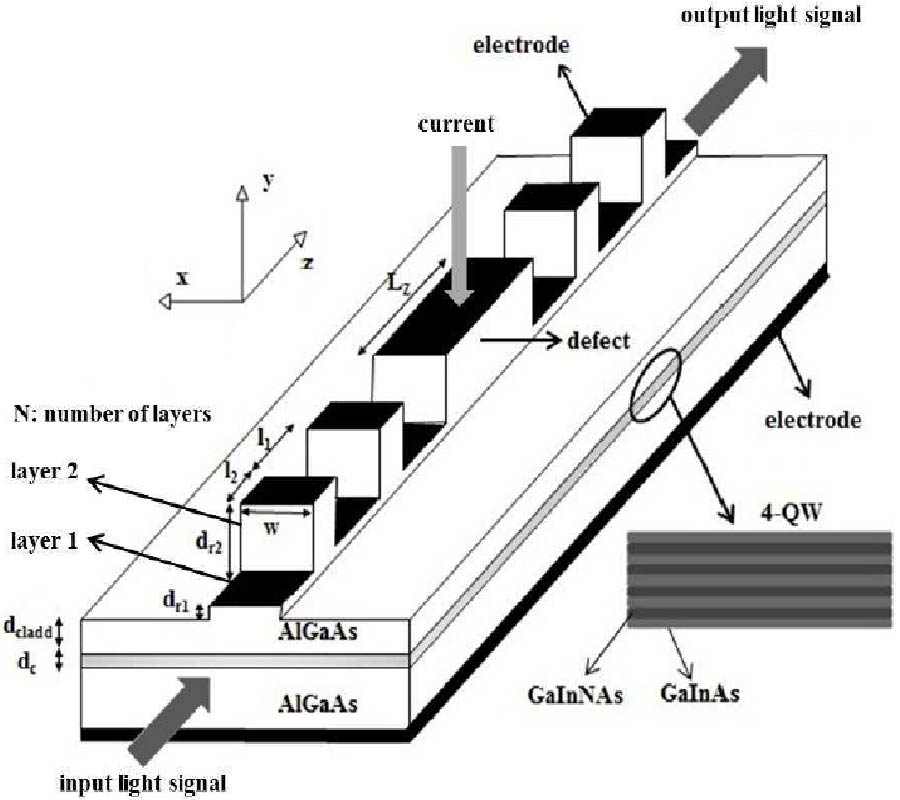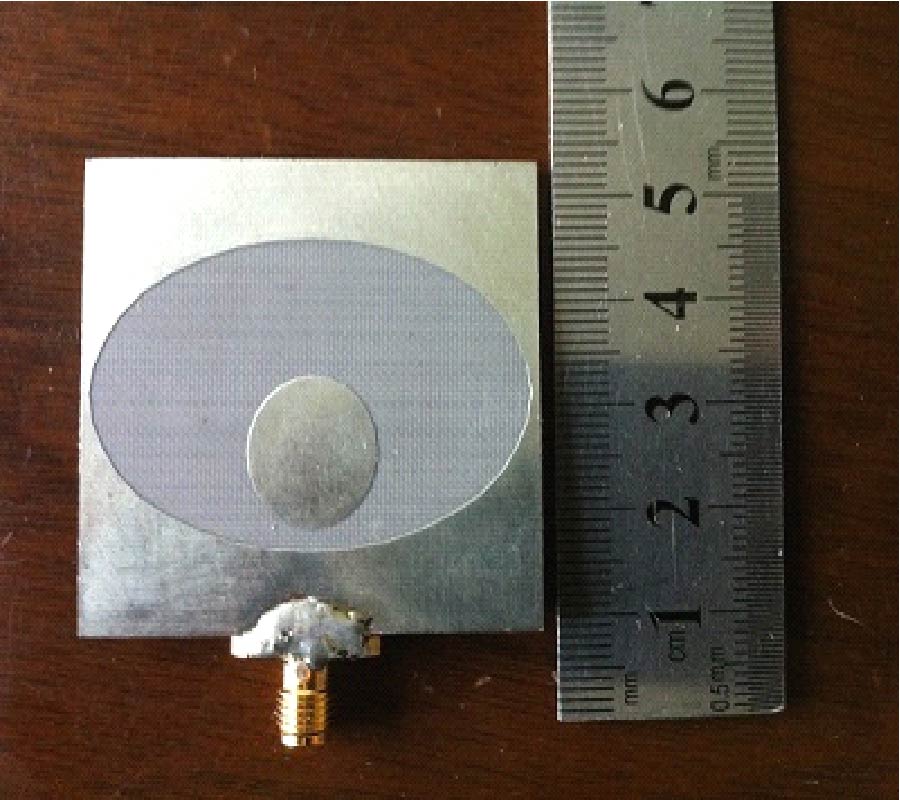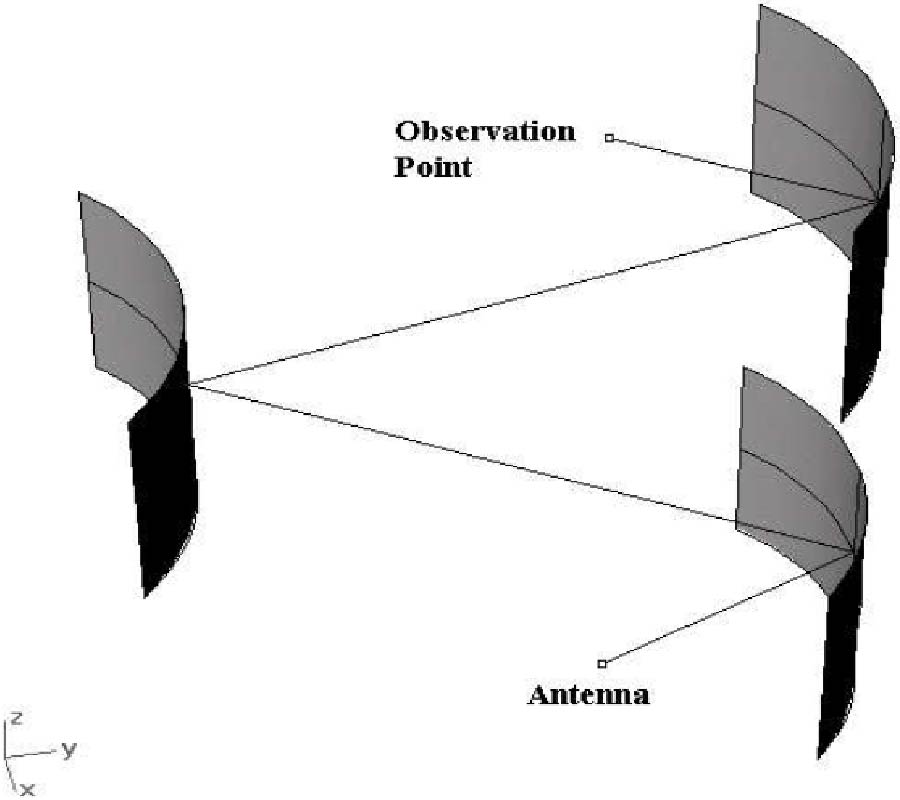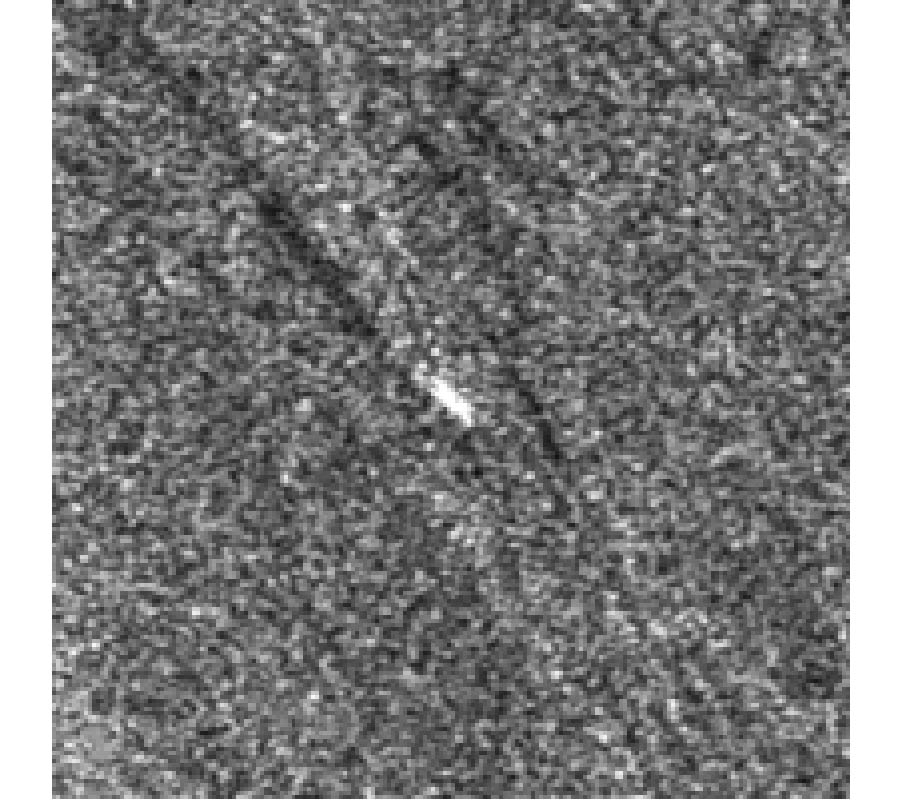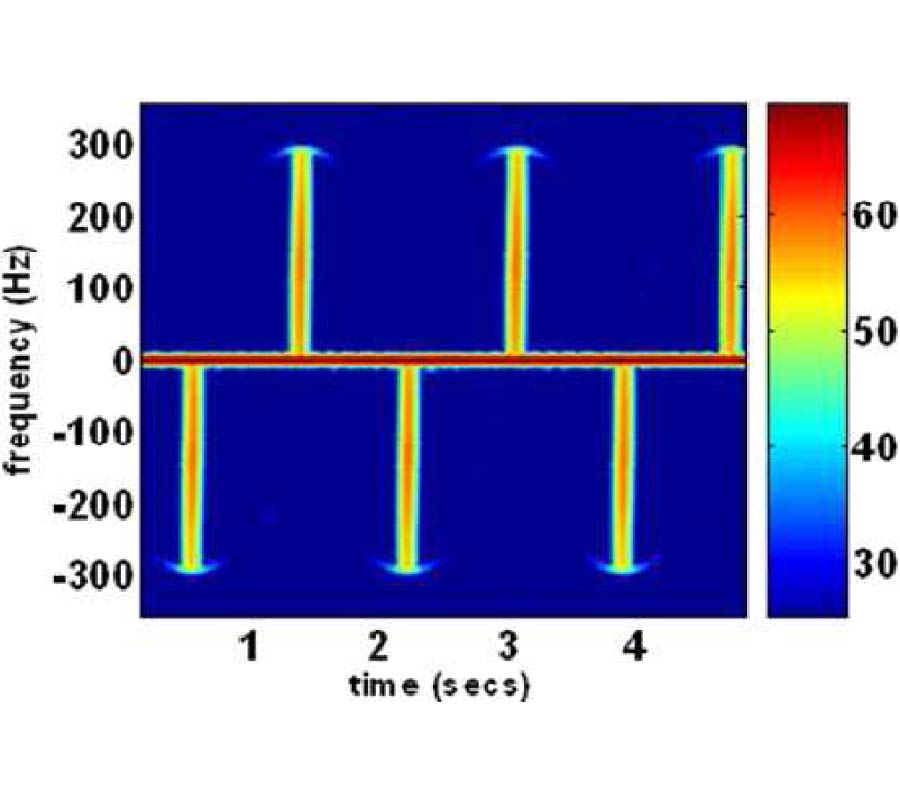Applying Effective Medium Theory in Characterizing Dielectric Constant of Solids
Sucheng Li,
Ruirui Chen,
Shahzad Anwar,
Weixin Lu,
Yun Lai,
Huanyang Chen,
Bo Hou,
Fengran Ren and
Bangming Gu
We present a simple approach to measure the dielectric constant of solid materials. In this approach, the powder for the solid under investigation is mixed with the oil at a specific volume fraction. By measuring the oil and the mixture, the permittivity of the inclusion, i.e. the solid, can be accurately derived from the Maxwell-Garnett effective medium theory. With this method, the strict requirements for the solid shape and surface flatness in the conventional measuring configurations can be waved off, and meanwhile the broadband permittivity can be obtained. This method also enables the permittivity measurement on a level of single particle, in an average sense, for materials in natural powder form. The demonstrations on alumina, glucose, and pearl show this approach is valid and robust.
